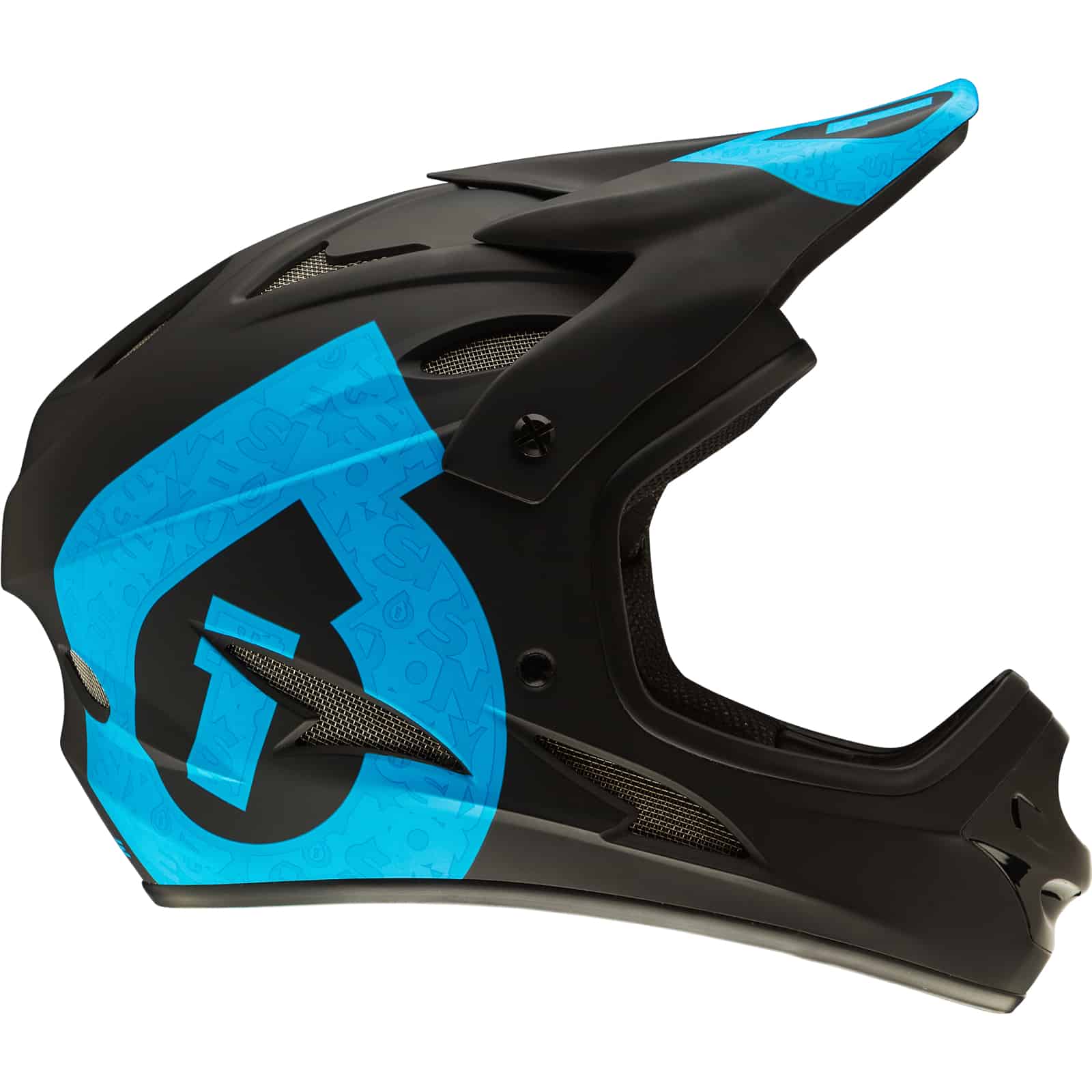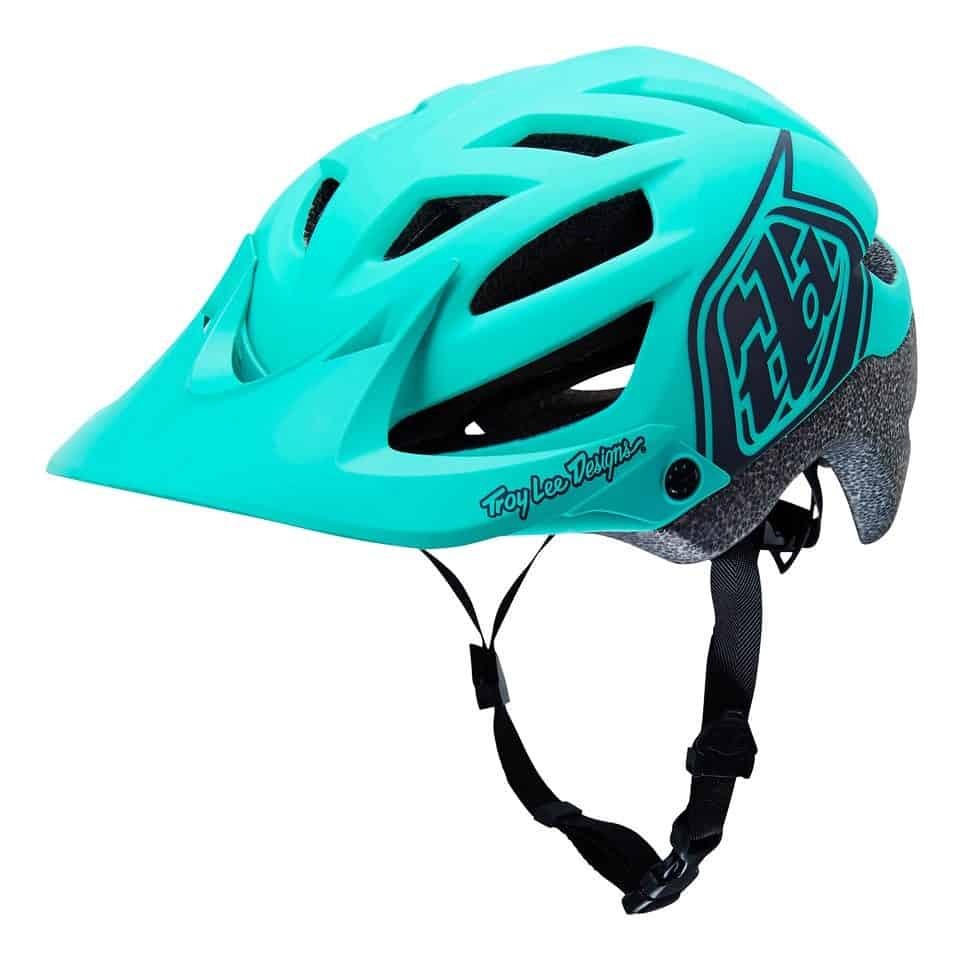Over recent years, mountain biking has become one of the UK’s most-loved recreational sports and is perfect for both individuals and families looking to explore some of Britain’s rural areas. Whatever the weather, and no matter whether you’re off for a casual ride with the family or looking to shred some downhill trails alone, you should always ensure that you’re wearing some form of protection to prevent the risk of injury. As such, here is a list of protective cycling gear that you should look to wear when out riding.
Bike Helmet


As possibly the most important inclusion on the list, a bike helmet could literally be the difference between life and death in the unfortunate event of a serious accident or collision. As such, when out mountain biking on rough or uneven terrain, the risk and severity of injury is greater and so is the need to wear a helmet. Although there are a wide variety of types available, every cyclist should wear a helmet when out riding, even if it’s the only form of protection that you choose to wear. For more aggressive trail riders, though, a full face helmet is a far more suitable option, offering superior protection of the head and face without compromising your vision.
Eyewear
Designed to offer full protection of the eyes from dirt, mud, and pretty much anything else that could potentially flick up off your front wheel; MTB goggles are an essential option for avid mountain bikers – especially in wet weather. Since riding across uneven terrain is likely to give you its fair share of bumps and bangs, wearing goggles that can easily fall off your face is going to be counter-productive. As such, MTB goggles have an elasticated strap and a soft foam lining around the inside rim for comfort and to prevent the goggles from being displaced when riding. However, if you’re going to be taking a more leisurely ride, then a standard pair of cycling glasses will be all you need to protect your eyes.
Gloves
MTB gloves are the perfect accompaniment for any rider, offering comfort, grip, warmth and protection of the hands when riding over longer distances. With padding and elasticated or Velcro cuffs, wearing a pair of MTB gloves will help to alleviate the strain on your hands and protect your skin from blistering as you grip your handlebar. Not only that, but they’ll help to keep your hands warm too, which is critical during the colder months of the year.
Body Armour
Seldom will you see advanced or skilled MTB riders without any form of protective padding and it’s for good reason too, especially on the trickier, more challenging trails. Elbow and knee pads are possibly the most common forms of protective pads worn by riders, but body armour is also a popular choice too. Offering both support of the joints, as well as protection against impact, protective pads can help to prevent or limit the severity of a cycling-related injury which is why cyclists often wear this type of gear.
Footwear
Although technically you can ride in any shoes, when out mountain biking there are scores of reasons that you shouldn’t wear just any type of shoe. For example, your shoe lace could become entangled in your cassette, posing a significant risk of injury. As such, MTB specific cycling shoes are designed to offer comfort to the rider and protection in a preventative way. With straps, rather than laces, and a robust exterior, there’s no better footwear than MTB shoes are when out on the trails.
Whether you’re an avid mountain biker or you simply enjoy taking the family for a rural ride, you should always wear some form of protection to reduce the risk of injury. At the very least, you should be wearing a helmet at all times when out riding, but depending on what kind of riding you want to do, you should consider other forms of protection too.